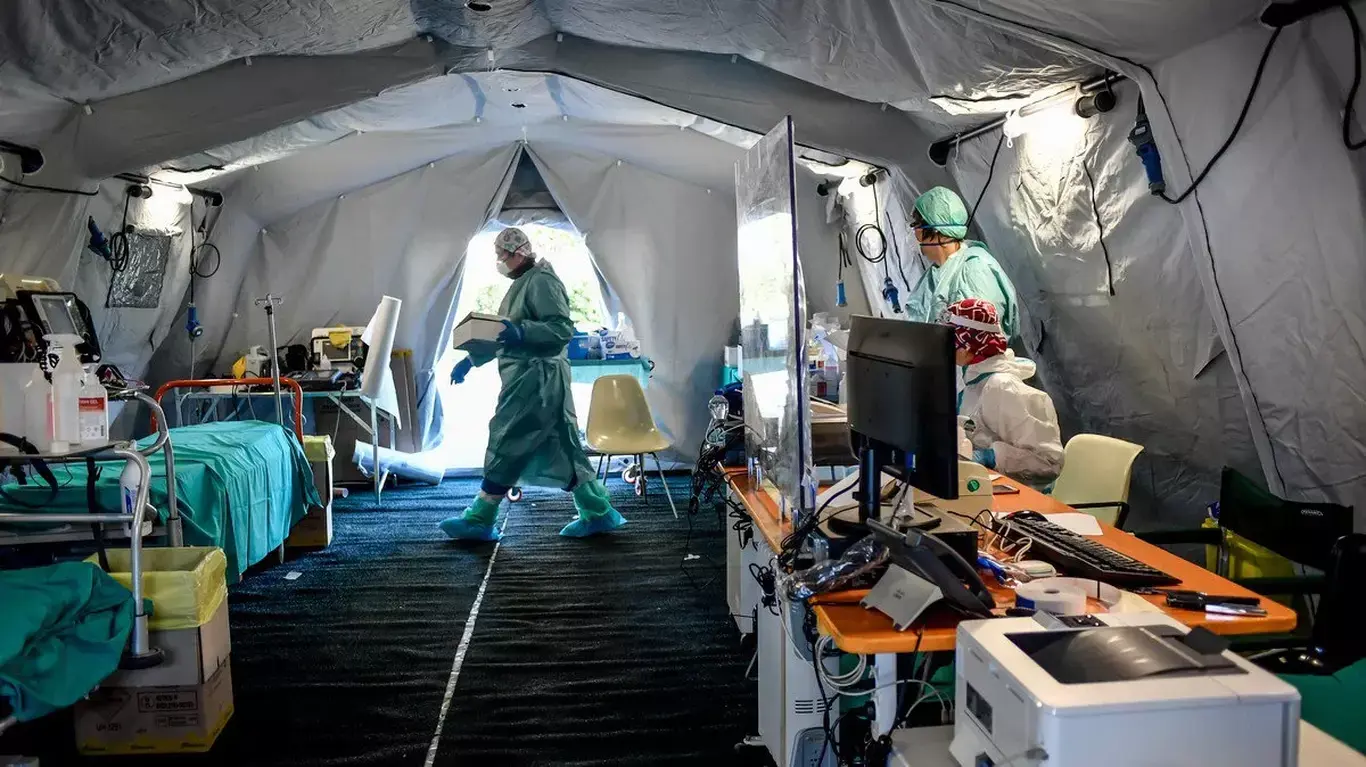ROME - "The vast majority of people infected with Covid-19, between 50 and 75%, are completely asymptomatic but represent a formidable source of contagion". The Professor of Clinical Immunology of the University of Florence Sergio Romagnani, writes this at the top of the Tuscany Region, in anticipation of a strong increase in cases also in the Region, on the basis of the study on the inhabitants of Vo 'Euganeo where the 3000 inhabitants of the country are been subjected to swab.
This comes after Italy reports no case of death for the first time since it went past 1000 deaths associated with COVID-19. Italy has registered 2500 deaths by the 16th of March 2019 making it the second highest in the world after China.
The immunologist explains that the data provided by the study carried out on all the inhabitants of Vo 'Euganeo highlight two very important information: "the percentage of infected people, even if asymptomatic, in the population is very high and represents the majority of cases above all, but not only that, among young people; and the isolation of asymptomatic cases is essential to be able to control the spread of the virus and the severity of the disease ".
For Romagnani, what is now crucial in the battle against the virus is "trying to flush out asymptomatic people who are already infected because nobody fears or isolates them. This is particularly true for categories such as doctors and nurses who frequently develop an infection. asymptomatic by continuing to spread the infection between them and their patients. " And again: "It is being decided not to swab doctors and nurses again unless they develop symptoms. But in light of the results of Vo 'study, this decision can be extremely dangerous; hospitals risk becoming areas of high prevalence of infected in which no infected is isolated ".
In Vo '- Romagnani points out - with the isolation of infected subjects, the total number of patients fell from 88 to 7 (at least 10 times less) within 7-10 days. The isolation of the infected (symptomatic or non-symptomatic) was not only able to protect other people from contagion, but also appeared to protect against the serious evolution of the disease in infected subjects because the cure rate in infected patients, if isolated, was in 60% of cases equal to just 8 days.





